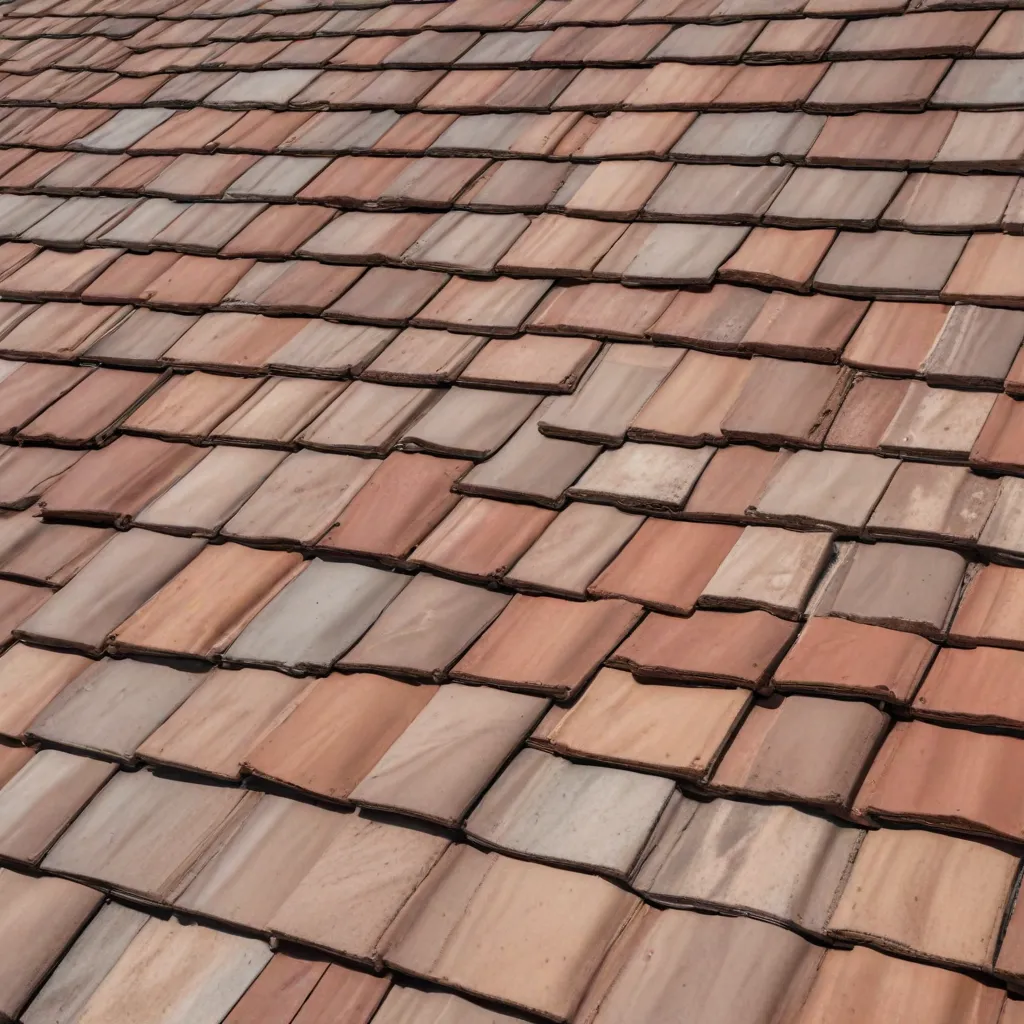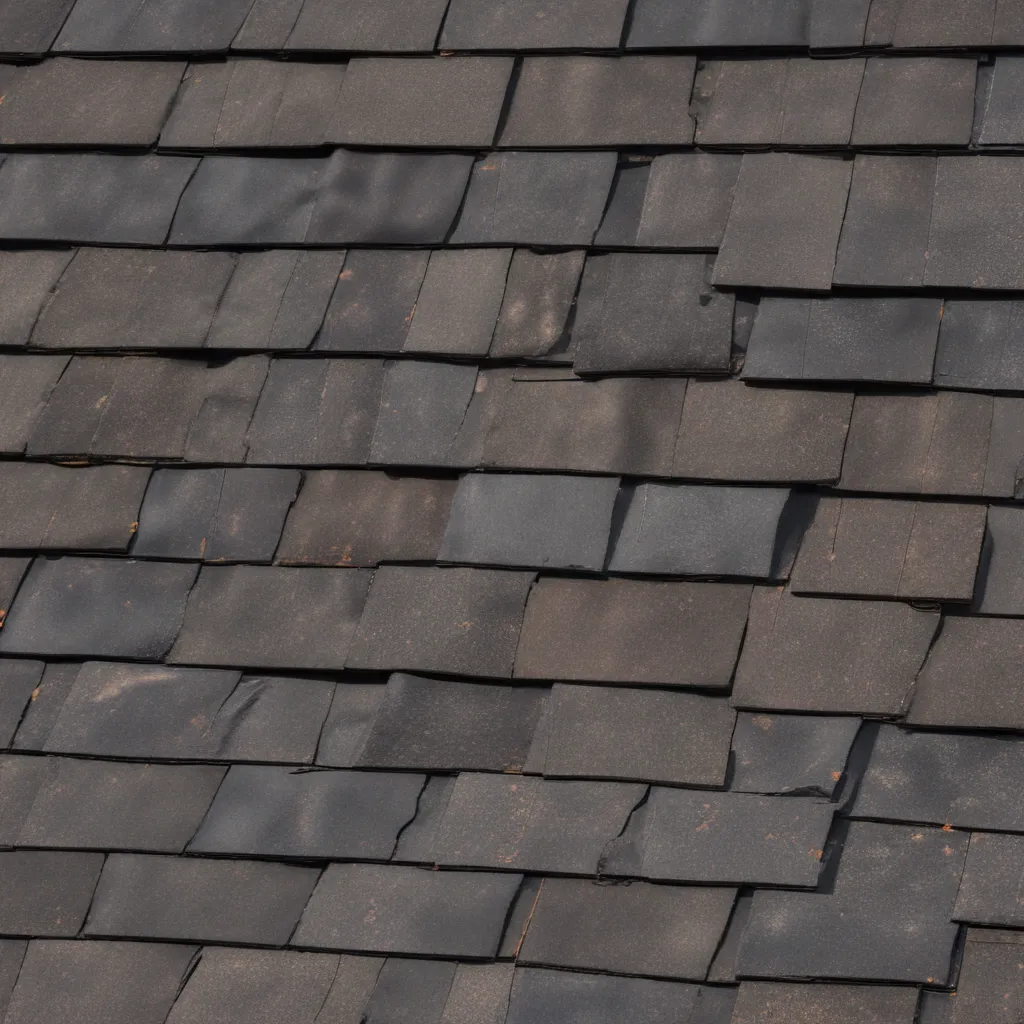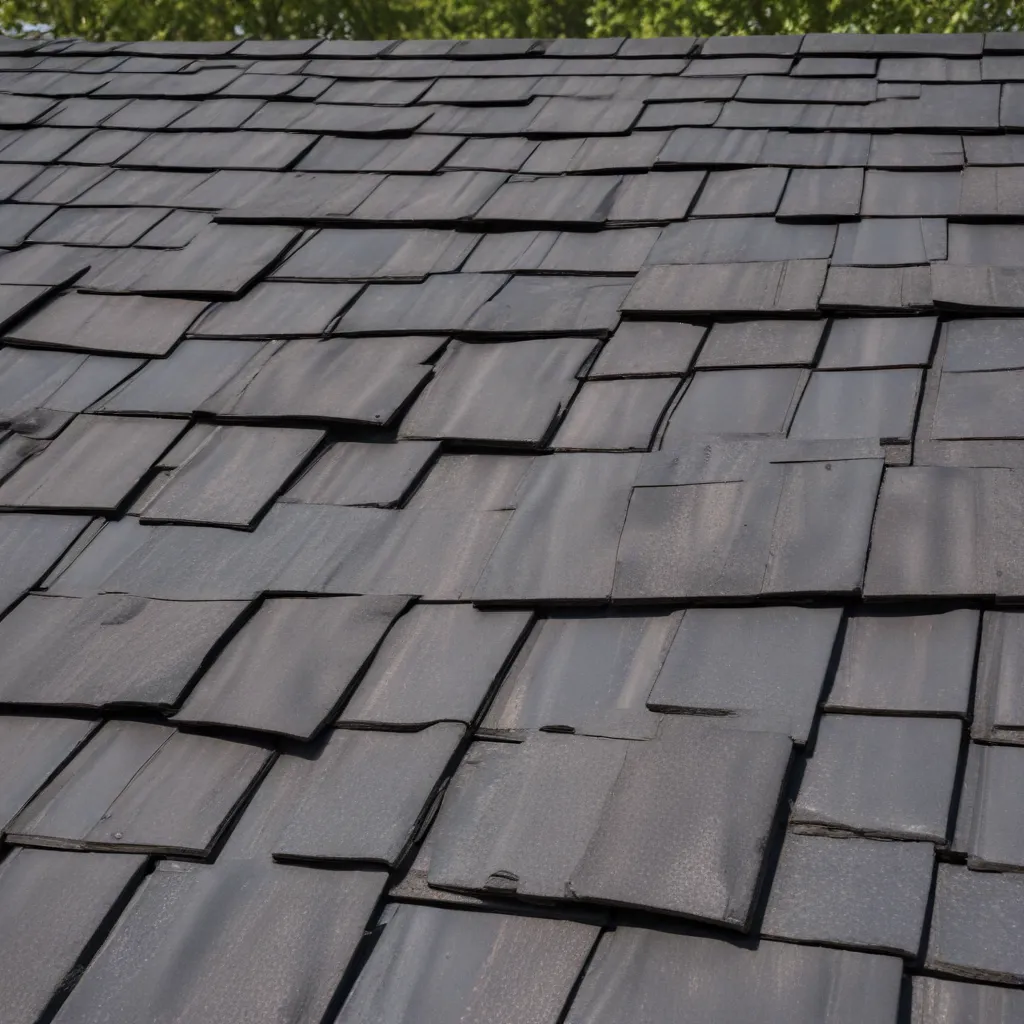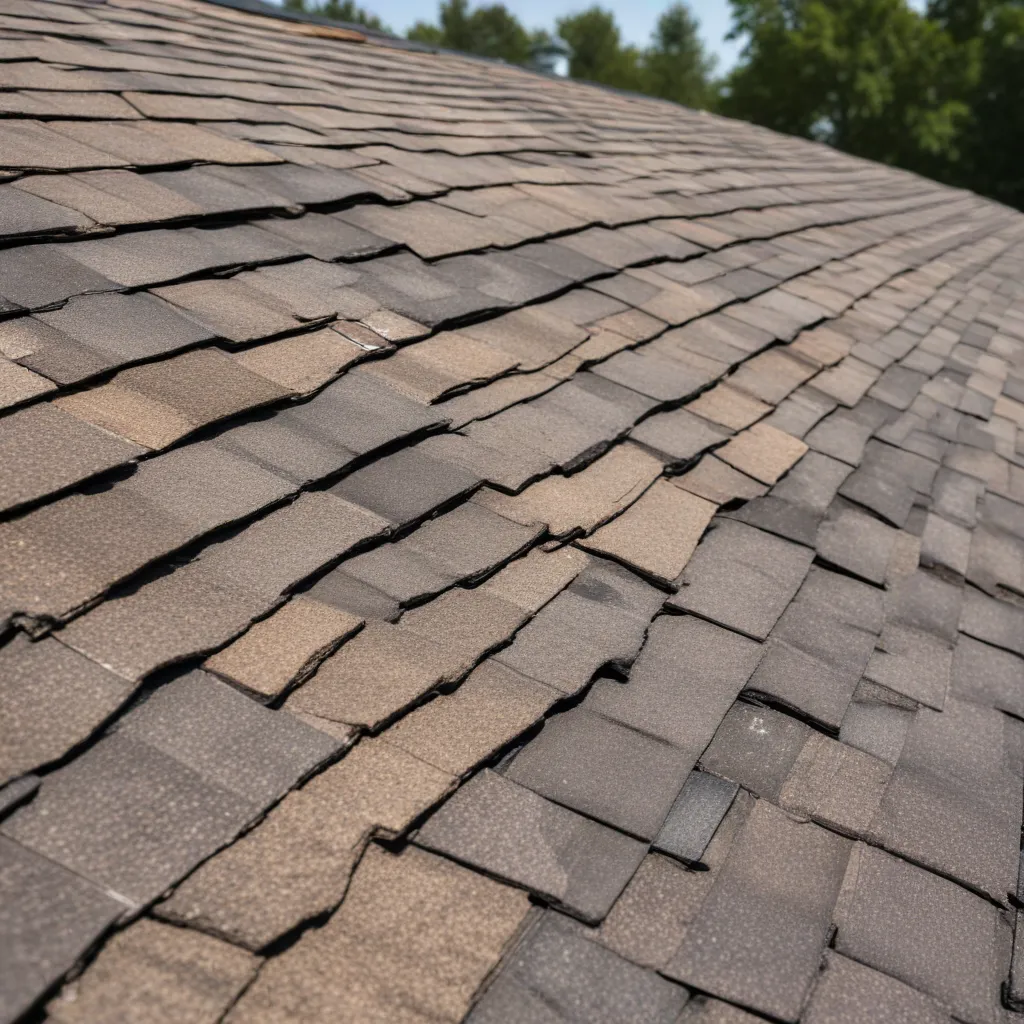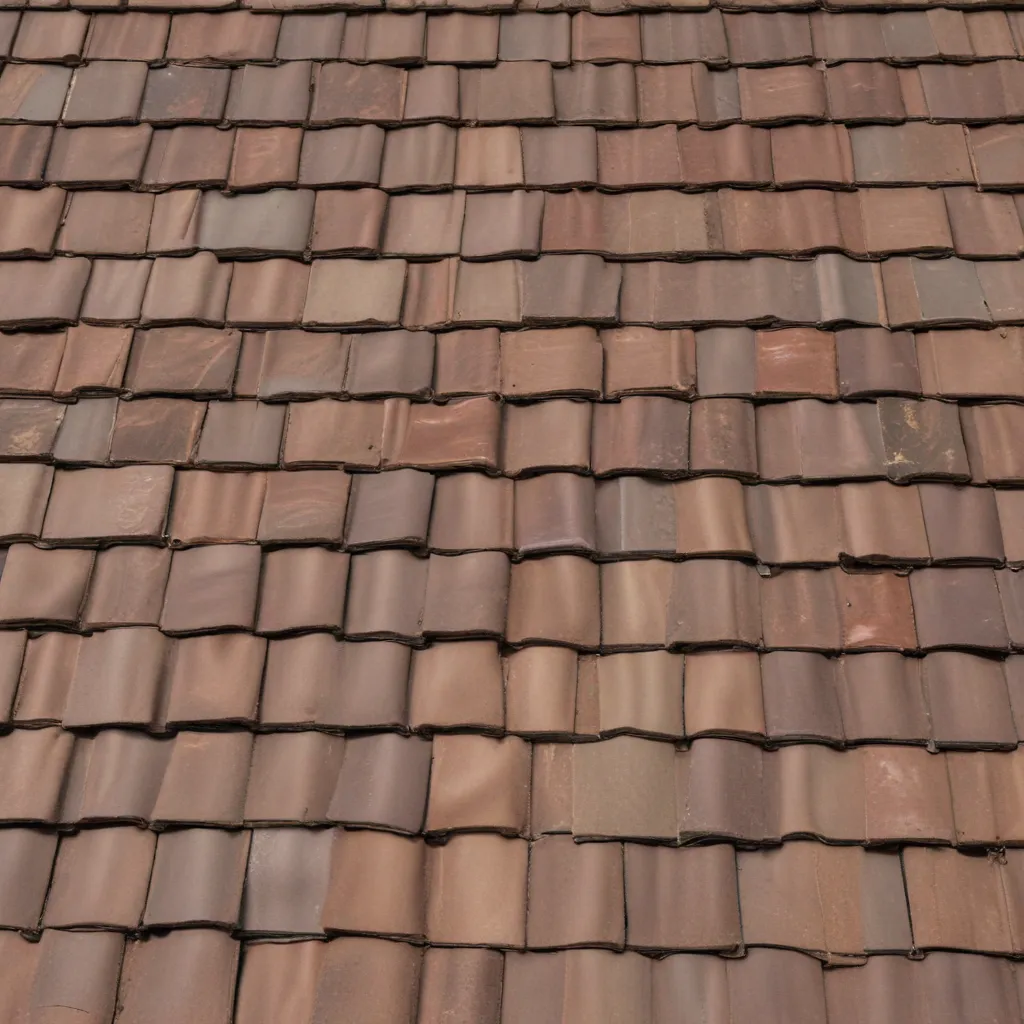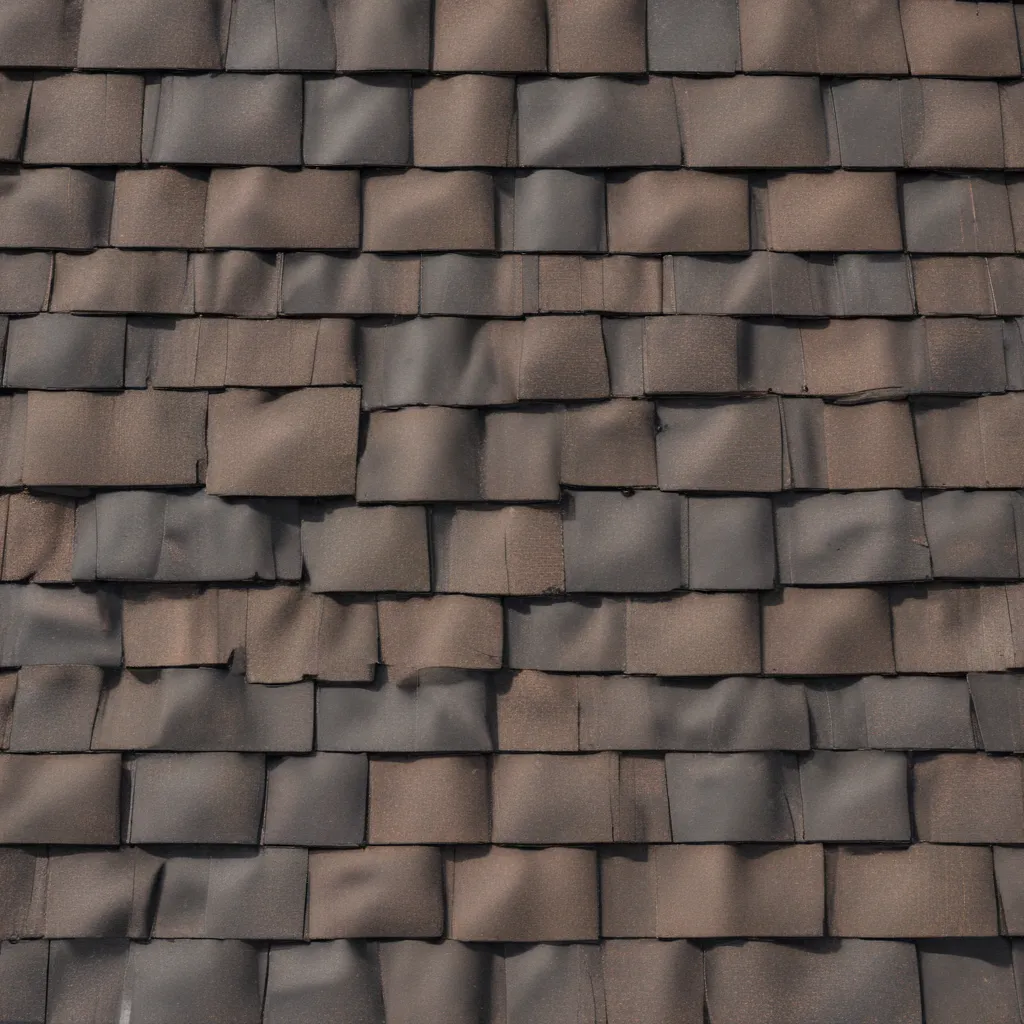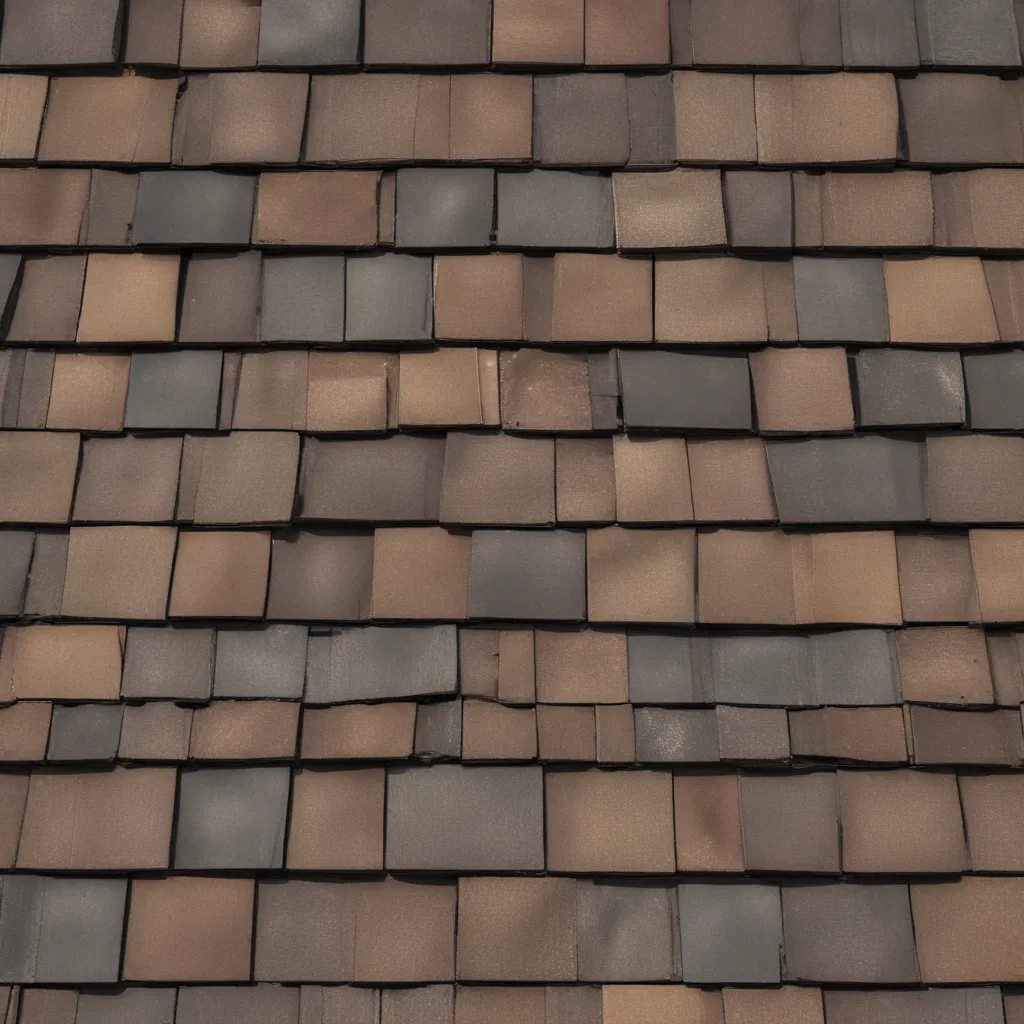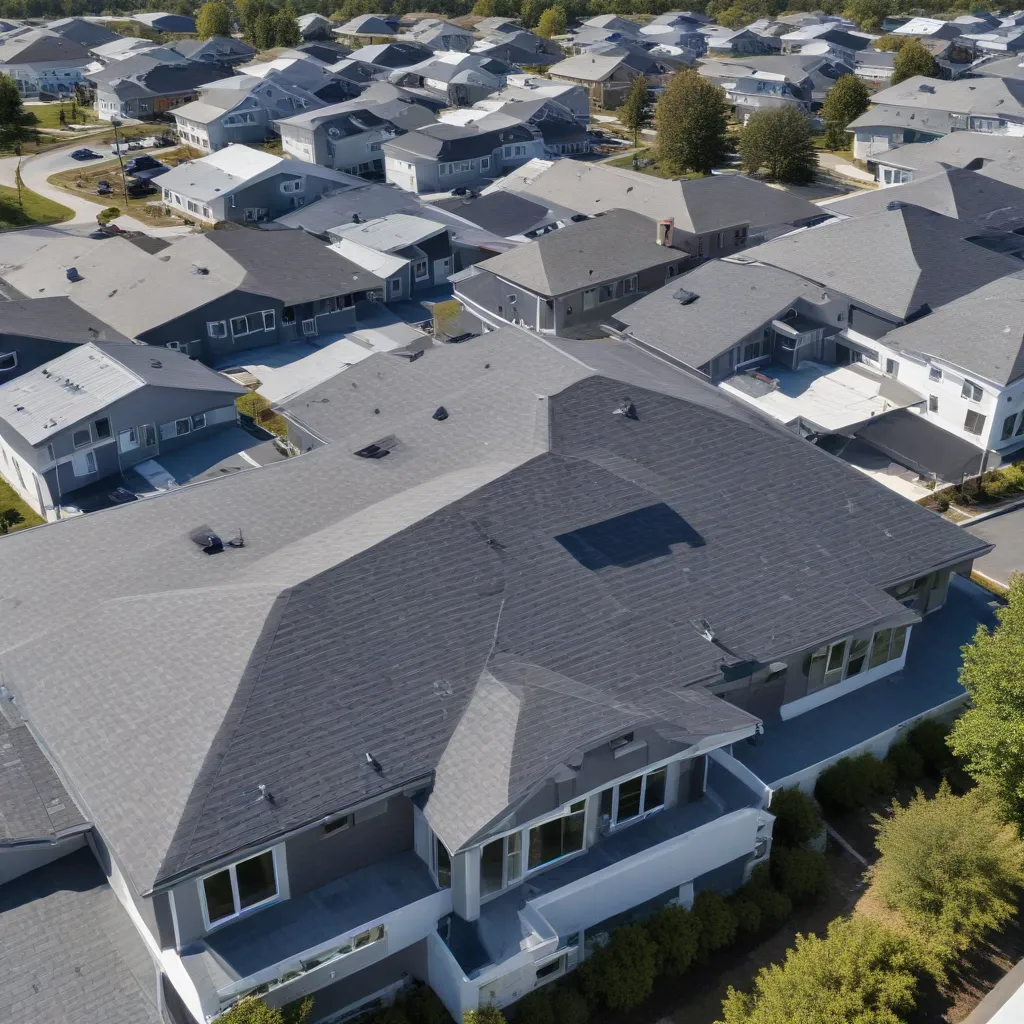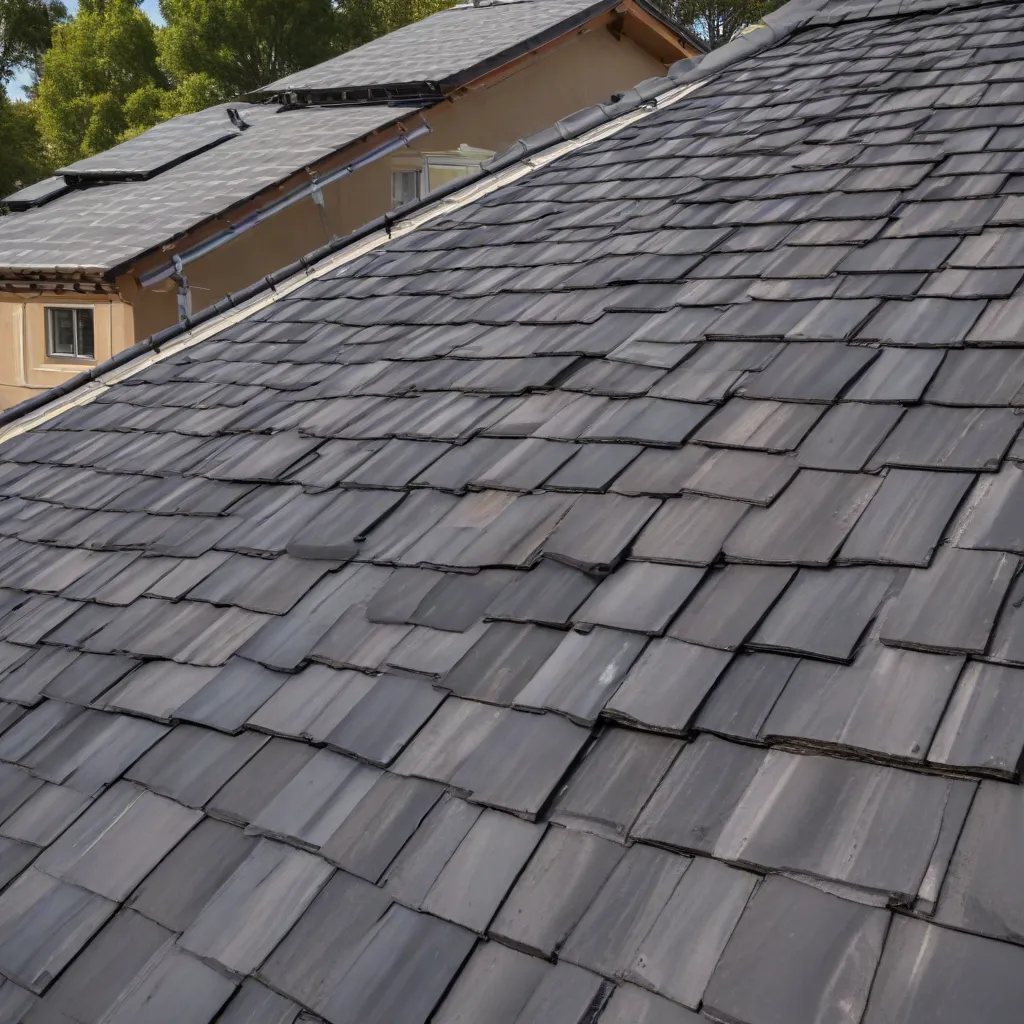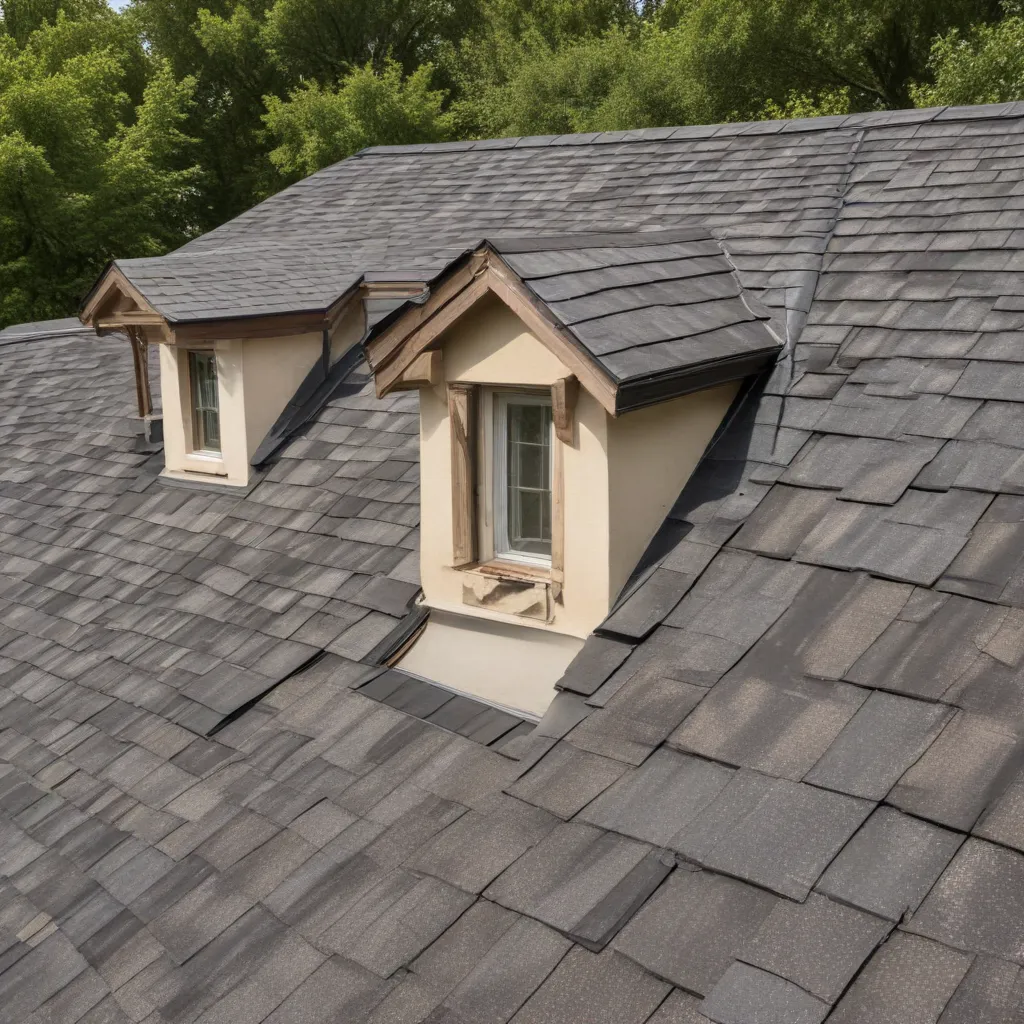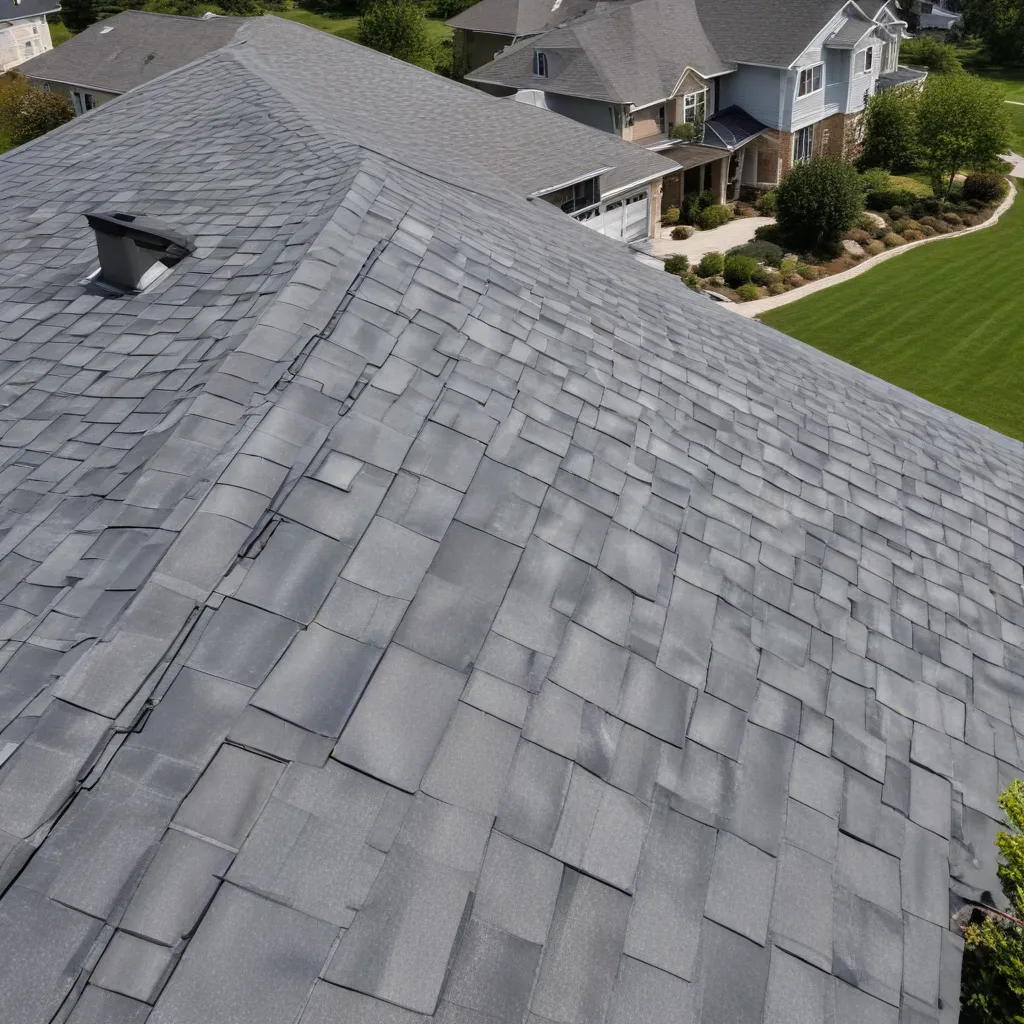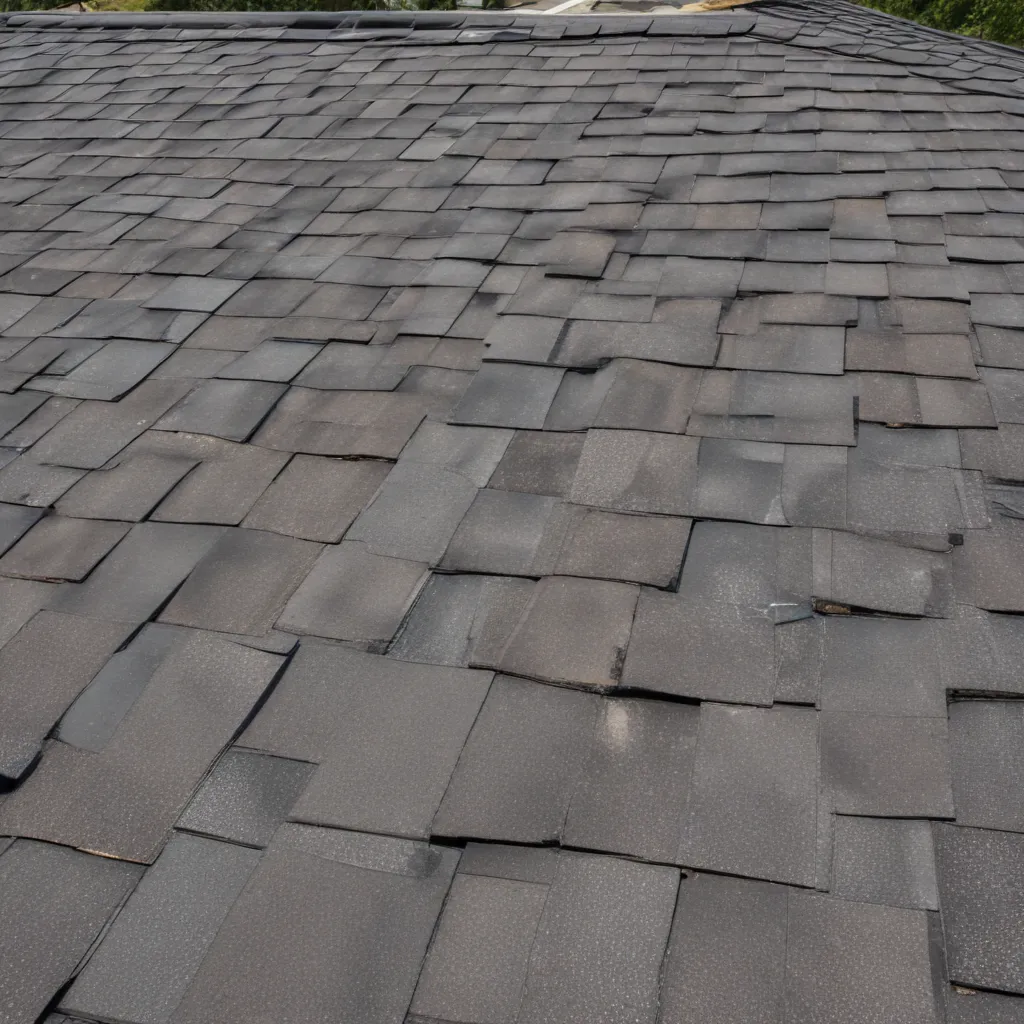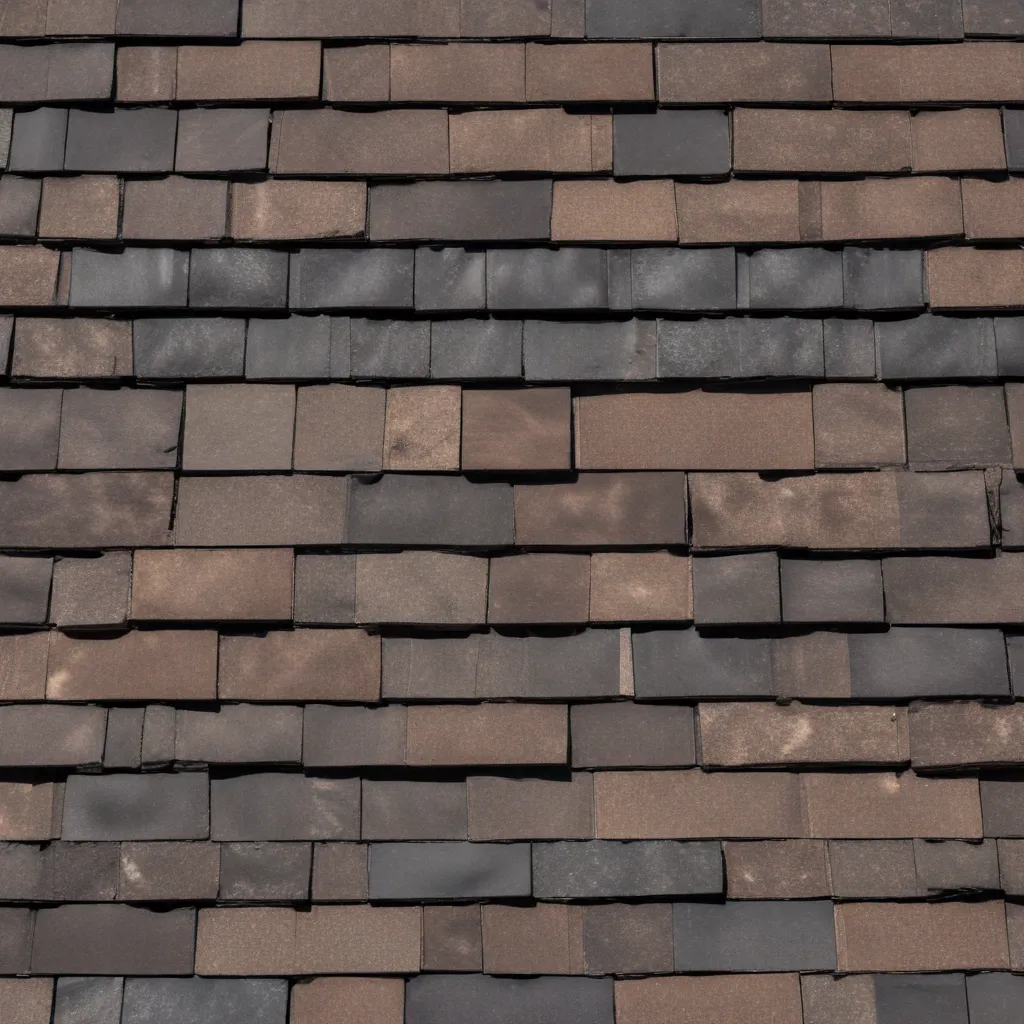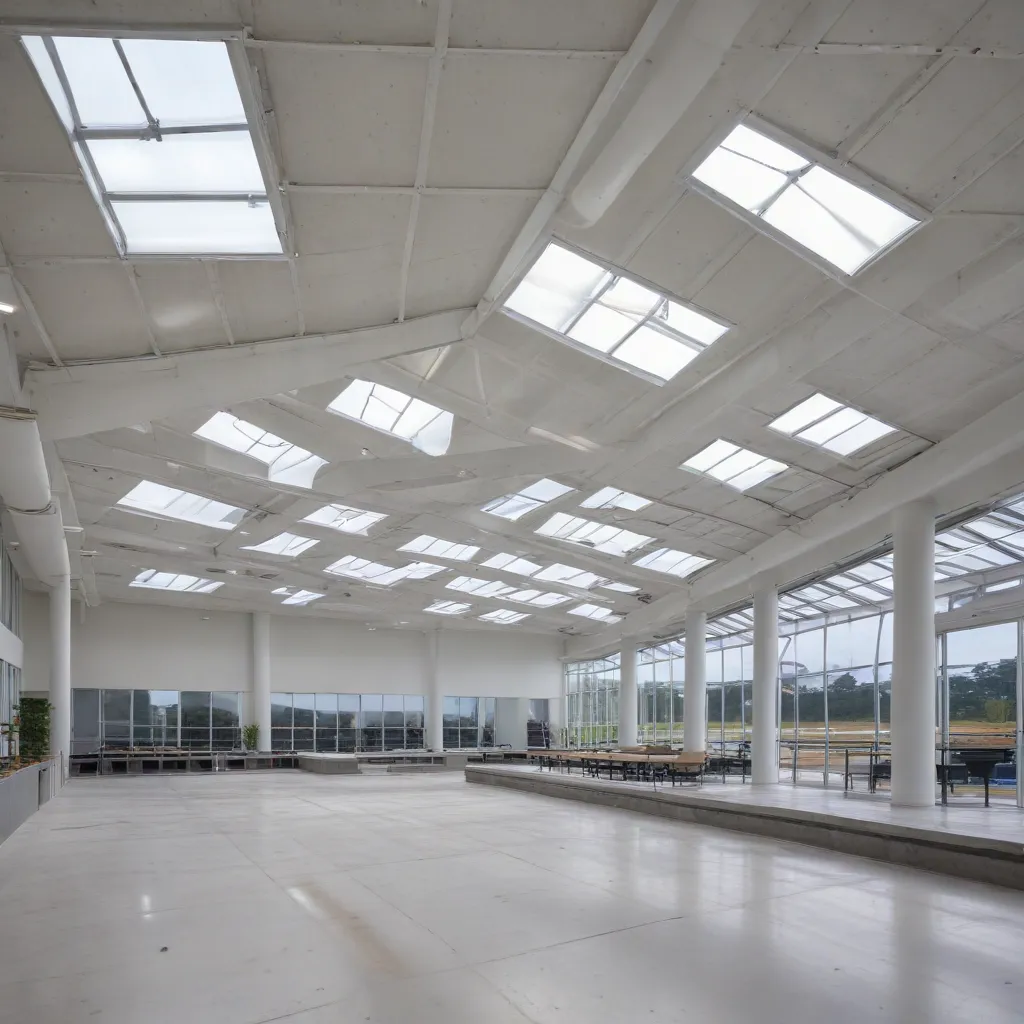
Harnessing the power of natural light is a critical consideration in modern commercial building design. Daylighting – the strategic integration of daylight into indoor spaces – offers a wealth of benefits, from enhanced occupant well-being to improved energy efficiency. As a leading provider of genuine roofing solutions, Genuine Roof Systems understands the transformative impact that daylighting can have on commercial environments. In this comprehensive article, we’ll explore how to thoughtfully incorporate daylighting principles into commercial roof system design, unlocking the full potential of natural illumination.
Daylighting Principles
At the core of daylighting design lies the fundamental goal of maximizing natural light exposure within a building. By strategically positioning windows, skylights, and other apertures, architects and designers can harness the sun’s rays to illuminate the interior, reducing the reliance on artificial lighting. However, daylighting is not merely about allowing light to penetrate a space; it is a delicate balance between enhancing occupant comfort and achieving energy efficiency.
Maximizing Natural Light Exposure
The first step in effective daylighting design is to conduct a thorough analysis of the building’s orientation, the sun’s path, and the surrounding environment. This evaluation helps identify the optimal locations for roof openings, such as skylights and clerestory windows, which can channel daylight deep into the building’s core. Careful placement of these apertures ensures that natural light is distributed evenly, avoiding the creation of harsh shadows or glare.
Balancing Energy Efficiency
While daylighting offers significant energy savings by reducing the need for artificial lighting, it is crucial to consider the thermal implications of these design choices. Uncontrolled solar heat gain can lead to increased cooling loads, undermining the overall energy efficiency of the building. Incorporating energy-efficient glazing materials, shading devices, and ventilation strategies helps strike a balance between harnessing natural light and maintaining thermal comfort.
Occupant Comfort Considerations
The well-being of building occupants is a primary concern in daylighting design. Factors such as glare control, color rendering, and the integration of automated lighting control systems play a vital role in creating a comfortable and productive indoor environment. By considering the specific needs and preferences of the building’s users, designers can optimize the daylighting solution to enhance overall occupant satisfaction.
Roof System Components
The roof of a commercial building serves as the primary interface between the exterior and interior environments, making it a crucial element in the daylighting design process. Understanding the various components of a commercial roof system and their role in daylighting can inform the selection and integration of the most appropriate solutions.
Skylights and Roof Openings
Skylights are a fundamental component of daylighting design, providing direct access to natural light from the roof. Advances in skylight technology, such as tubular daylighting devices (TDDs) and prefabricated skylight systems, offer increased flexibility and performance in terms of light distribution, energy efficiency, and ease of integration. Additionally, strategically placed roof openings, including clerestory windows and monitor roofs, can further enhance the natural illumination of the interior spaces.
Glazing Materials and Properties
The selection of glazing materials for skylights and roof openings is critical in balancing daylight transmission, thermal performance, and glare control. Tempered glass, polycarbonate, and acrylic are common glazing options, each with its own set of visible light transmittance, solar heat gain coefficient, and U-value characteristics. Understanding the nuances of these properties allows designers to choose the most appropriate glazing solution for their specific project requirements.
Ventilation and Air Flow
Effective daylighting design must also consider the impact on air movement and ventilation within the building. Incorporating operable skylights or venting systems can help regulate temperature and humidity levels, ensuring that the increased exposure to natural light does not compromise indoor air quality or thermal comfort.
Integrating Daylighting
Seamlessly integrating daylighting into the overall design of a commercial roof system requires a multifaceted approach, considering both architectural and structural factors.
Architectural Design Strategies
The architectural design of the building, including the roof shape, pitch, and materials, plays a crucial role in the success of a daylighting strategy. Designers must carefully evaluate the building’s massing, orientation, and surroundings to determine the optimal placement and configuration of skylights, roof openings, and other daylighting features. Integrated daylighting modeling and energy simulations can help optimize the design for maximum performance.
Structural Modifications
Incorporating daylighting solutions into an existing commercial building may necessitate structural modifications to the roof system. Ensuring the structural integrity and load-bearing capacity of the roof is essential, particularly when installing larger skylights or roof openings. Consulting with structural engineers and roofing specialists can help identify the most appropriate solutions and ensure compliance with building codes and safety standards.
Lighting Control Systems
To fully leverage the benefits of daylighting, the integration of automated lighting control systems can play a crucial role. These systems monitor the availability of natural light and dynamically adjust the output of artificial lighting to maintain consistent, comfortable illumination levels throughout the day. By seamlessly integrating daylighting and electric lighting, building owners can maximize energy savings while enhancing the overall user experience.
Sustainability and Performance
Daylighting design in commercial roofing systems aligns with the growing emphasis on sustainable and energy-efficient building practices, offering a multitude of benefits that extend beyond the immediate visual appeal of natural light.
Energy Savings Potential
Reducing the reliance on artificial lighting through effective daylighting can lead to significant energy savings, lowering a building’s energy consumption and associated operational costs. Additionally, the integration of energy-efficient glazing materials and ventilation strategies can further contribute to the overall energy efficiency of the commercial roof system.
Environmental Impact Reduction
By minimizing the need for energy-intensive artificial lighting and HVAC systems, daylighting-focused roof designs can help reduce a building’s carbon footprint and align with sustainability goals. This environmentally responsible approach not only benefits the planet but also enhances the green credentials of the commercial property, making it an attractive option for eco-conscious tenants and investors.
Maintenance and Lifecycle Considerations
Incorporating daylighting into commercial roof systems requires careful consideration of long-term maintenance and lifecycle performance. Factors such as water infiltration, condensation management, and the durability of glazing materials must be addressed to ensure the continued effectiveness and reliability of the daylighting solution over the building’s lifespan. Partnering with experienced roofing specialists can help navigate these considerations and develop a comprehensive maintenance plan.
As the commercial real estate industry continues to evolve, the strategic integration of daylighting into roof system design has become a crucial element in creating sustainable, energy-efficient, and occupant-centric buildings. By leveraging the principles outlined in this article, architects, designers, and building owners can unlock the full potential of natural light, enhancing the overall experience and performance of commercial spaces. At Genuine Roof Systems, we are committed to providing comprehensive solutions that seamlessly blend daylighting strategies with our genuine roofing products, empowering our clients to create exceptional commercial environments. To learn more about our innovative offerings, please visit genuineroofsystems.com.


